2016 Sea-Doo GTS 130 Review
This entry level craft packs some punch
Lost in the hype surrounding Sea-Doo’s Spark is the fact that the manufacturer offers yet another competitively priced model, the GTS 130. Likely dismissed by many buyers as a craft they’d be more apt to rent than buy, the GTS actually packs a surprising punch, with the basic core of many higher-end Sea-Doo models and more amenities than a purely rental craft deserves.
It’s Achilles heel? It lacks one key modern feature that greatly simplifies ease of use. But, in doing so it also keeps the price far lower than models next in the line, while still offering the size, construction and on-water presence as pricier alternatives.
Proven Hull, Familiar Engine
Though the GTS may seem like a bare-bones, basic model, it’s important to remember that at its core it is very much the same hull, same deck and same engine combo that has successfully carried many of the brand’s most popular models for years.
The hull is modern, yet a throwback, with a shallow 16-degree deadrise that gives the craft some of the playful handling of early ‘Doos. Weight it right and you can skid the hull, maybe even spin it out. Yet at the same time it grips, too. Position that weight differently and you’ll be railing through a corner that will put a grin on your face or showcasing the rough-water stability that novice riders demand. In short, it’s versatile, balancing both the past and present.
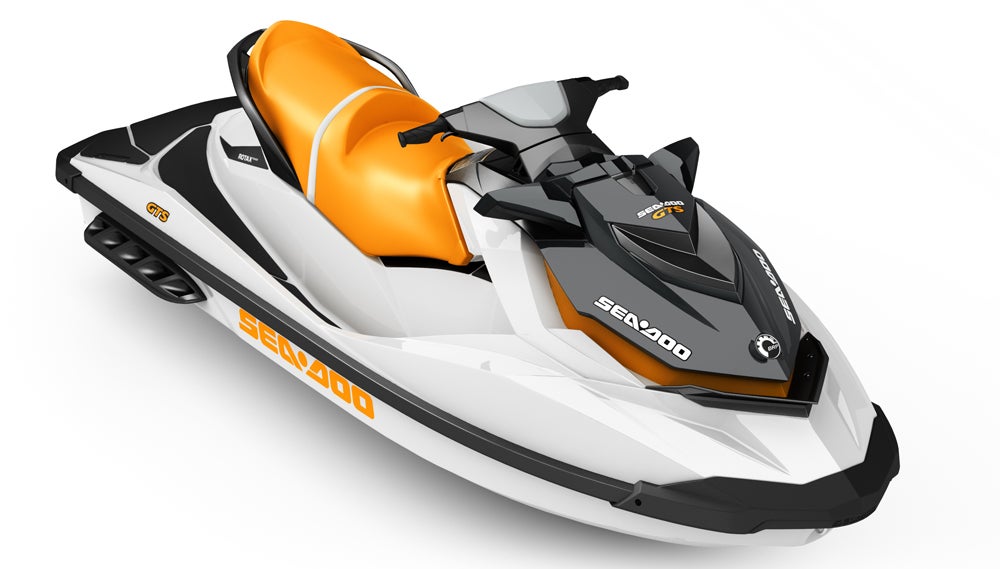
Above that hull, the deck may be plain in color and graphics, but it too is the same design found on higher-end models. Designers chose to include hints of the GTX, and yet give the GTS/GTI models their own identity, with angles and facets that make the boat seem far more expensive than its price tag reveals. It’s comfortable, too. Footwells curve, rather than bend abruptly, to keep your foot in constant contact. They also angle inward, allowing your feet, ankles and knees to take a more natural position. The driver gets a nice bolstered support in the saddle. The passenger section is raised slightly for a better view, and includes a small bolster of its own aft.
Finish things off with new palm-rest handgrips, wide-angle mirrors, traction matting, the familiar dual lanyards (for both speed control and theft prevention), digital display, and 29 gallons of storage, and you’ve got a craft that is far from a stripped model destined only for rental fleets.
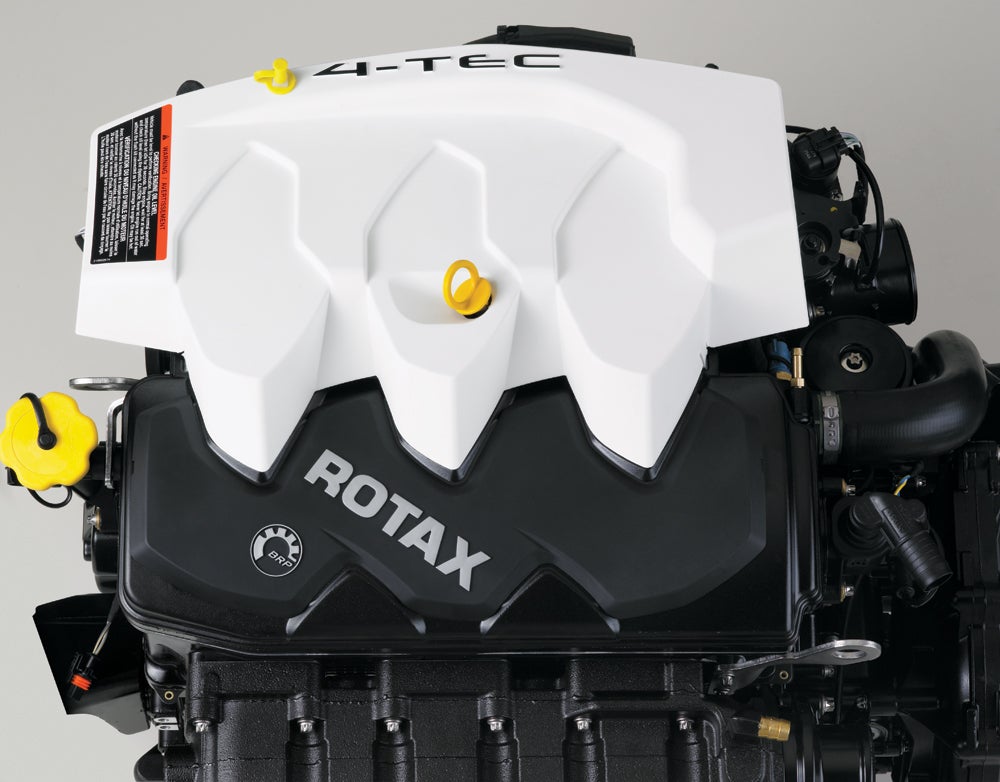
Below the seat resides the base version of the 1,494cc Rotax that powers much of the Sea-Doo line. Without a supercharger or intercooler and in a milder state of tune it produces roughly 130 hp, good enough for a top speed of approximately 55 mph.
Extras, Compromises
The surprises continue. Despite its positioning, the GTS 130 offers a basic version of its Intelligent Throttle Control. The default Touring mode tames the craft’s acceleration curve, making it a more docile boat for beginners or those who want to save fuel or, perhaps, just their backs in rough conditions. Opting into Sport mode produces a much more aggressive acceleration curve with more of the engine’s power on tap. A third mode, ECO, can be chosen to let the craft’s ECU calculate the most fuel-efficient power delivery and respond in kind.
So where exactly does the GTS scrimp? I already touched upon the minimalist colors and graphics. For ’16, the hull and deck remain primarily white, with Orange Crush as the accent color in simple logo graphics, the seat, and a small accent panel under the front hood. Look closer and you’ll note the GTS also lacks the familiar spring-loaded boarding step.
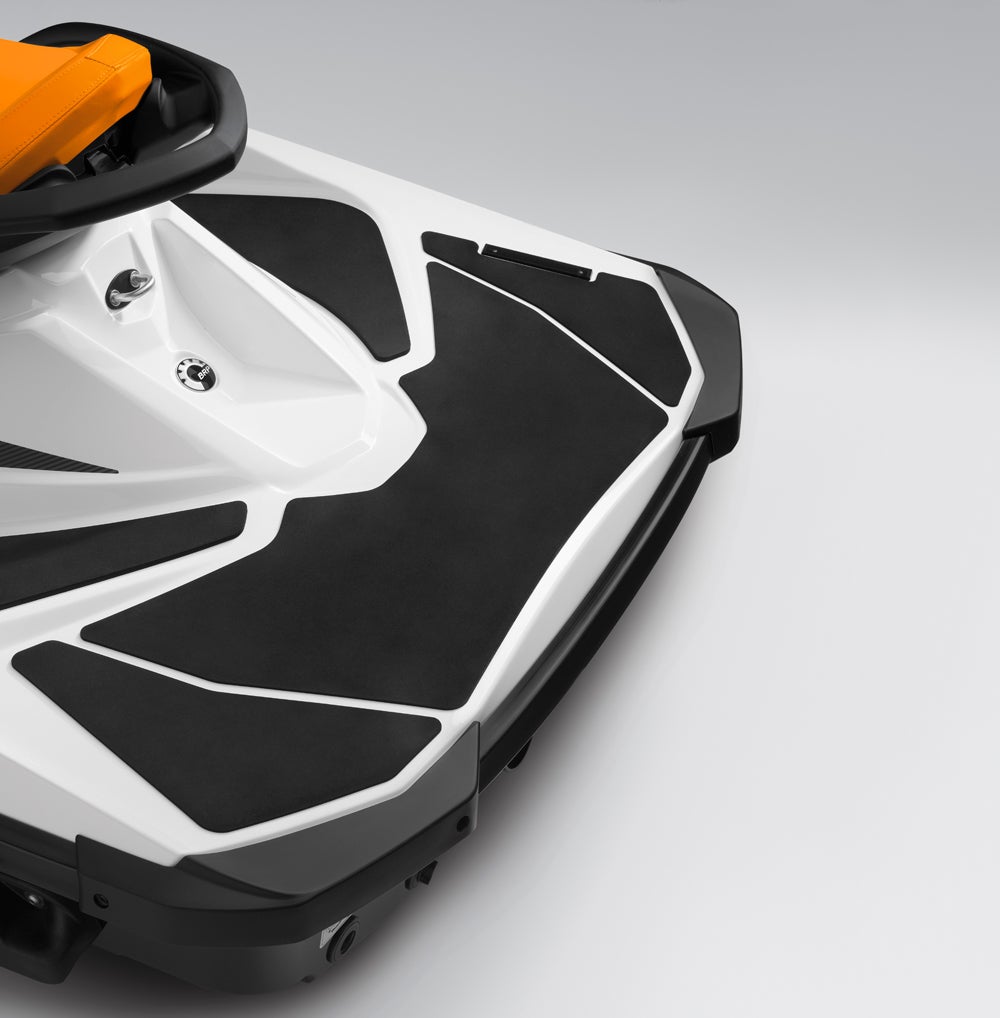
The biggest omission, however, is one that consumers should take notice of – the lack of reverse. Not only does the GTS 130 not get Sea-Doo’s trick Intelligent Brake & Reverse system, it doesn’t get old-school mechanical reverse either. Without it handling gets a little more complex, as you can’t slow your momentum coming into a dock, ramp or beach, nor can you back your way out of those same spots. It’s just hit the power and coast, and learn to use the wind and current in addition to the stop button and throttle to get you as close to where you want to go as possible. Can you live without it? Certainly, us old-timers did it for years. But would I want to go back to those days? Not unless I had to. The addition of not just reverse, but iBR, is something that would make me think long and hard about the $1,400 price difference between the GTS 130 and the next-step-up GTI 130.
Decision Time
But is reverse a deal breaker? Only you can answer that question. There’s clearly a lot here for $7,999, including a solid engine, great hull, good style and basic structure, plus a few things you might not expect like basic Intelligent Throttle Control, instrumentation, and rearview mirrors.
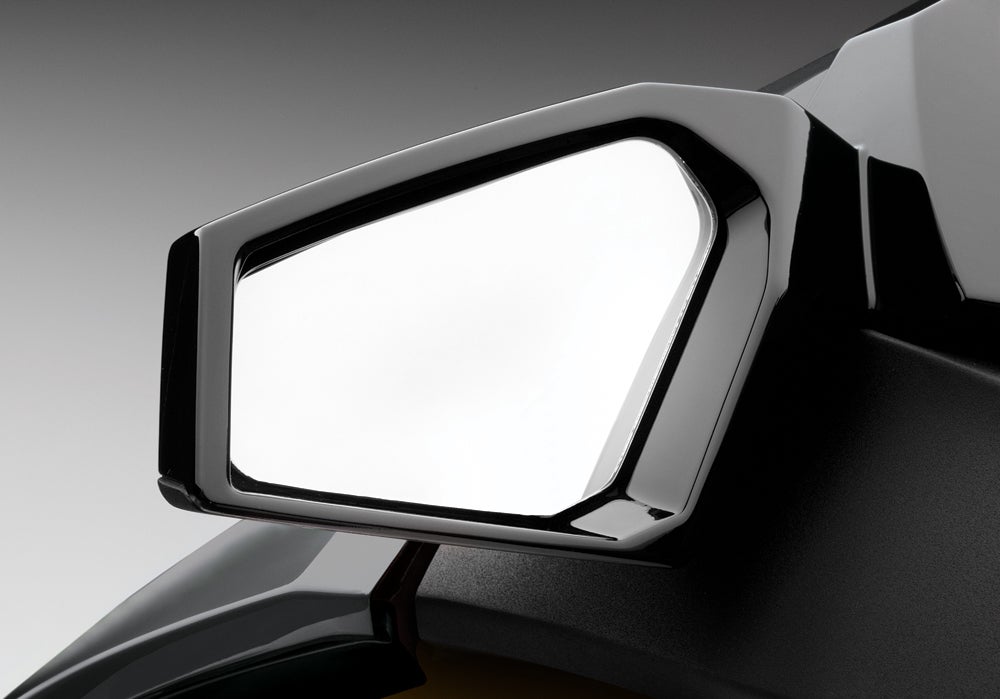
The GTS is also a true three-seater, with a strong fiberglass hull and larger presence in the water than Sea-Doo’s most-affordable model, the Spark.
How important is reverse, versus how important is $1,400 in your pocket? The answer will go a long way toward discovering if the GTS 130 makes sense for your next watercraft…or just the next one you happen to rent on vacation.
| 2016 Sea-Doo GTS 130 Specs | |
| Length | 132.6 inches |
| Beam | 48.5 inches |
| Dry Weight | 780 lbs |
| Engine | Naturally Aspirated Three-cylinder EFI |
| Displacement | 1,494 cc |
| Bore and Stroke | 100 mm x 63.4 mm |
| Compression Ratio | 10.6:1 |
| Fuel Capacity | 15.9 gal. |
| Combined Stowage Capacity | 30.8 gal. |
| Colors | White & Orange Crush |
| Price | $7,999 |
Get PersonalWatercraft.com in your Inbox!
Like PersonalWatercraft.com on Facebook
Comments
Most Popular

2025 Yamaha JetBlaster PRO 2-Up Review

2024 Kawasaki Jet Ski STX 160X Review

Remembering the Sea-Doo XP

Whatever Happened to the Wetbike?

2025 Yamaha JetBlaster Review




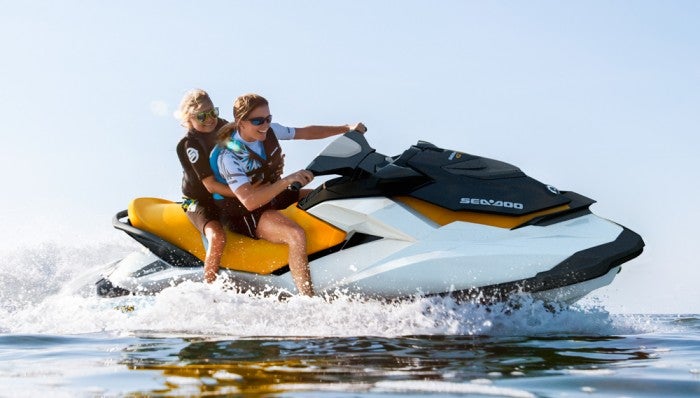









 Your Privacy Choices
Your Privacy Choices